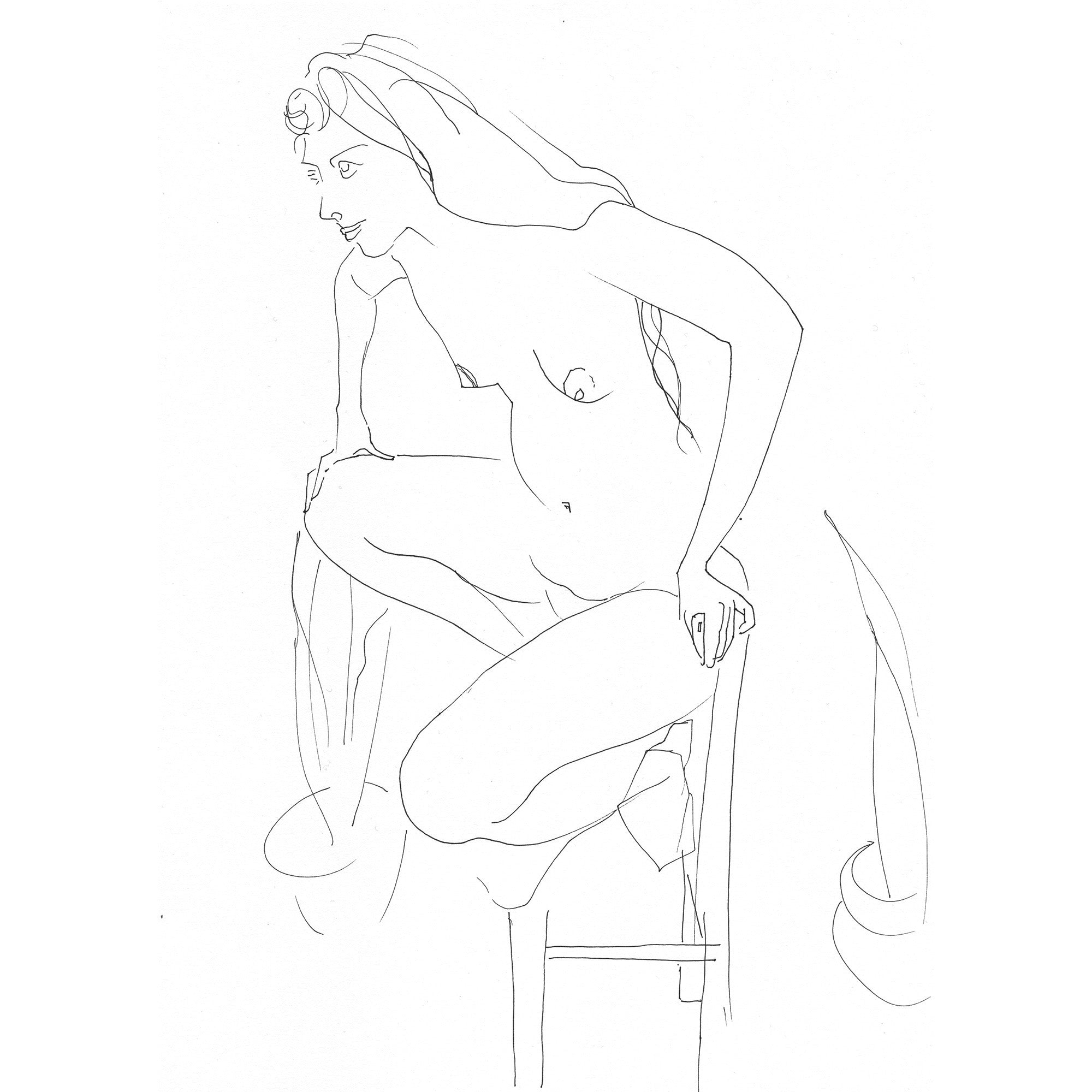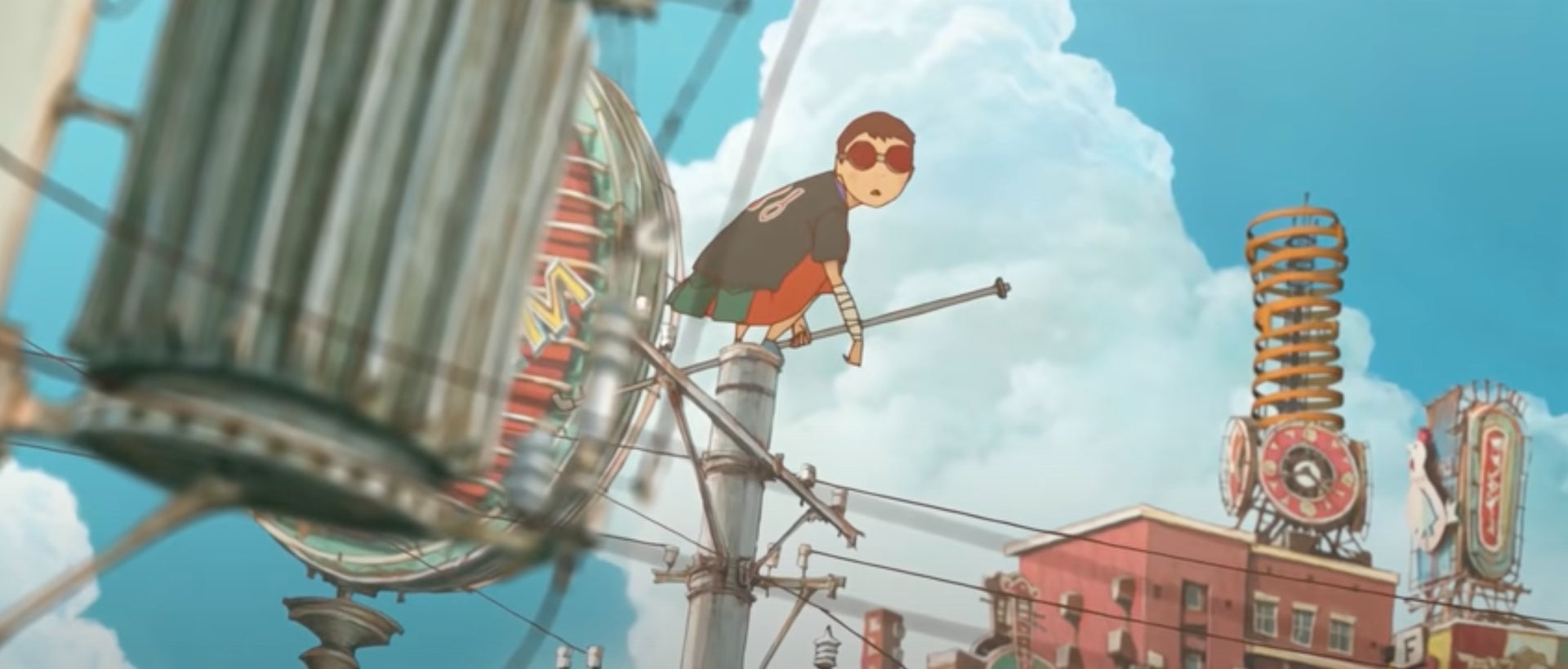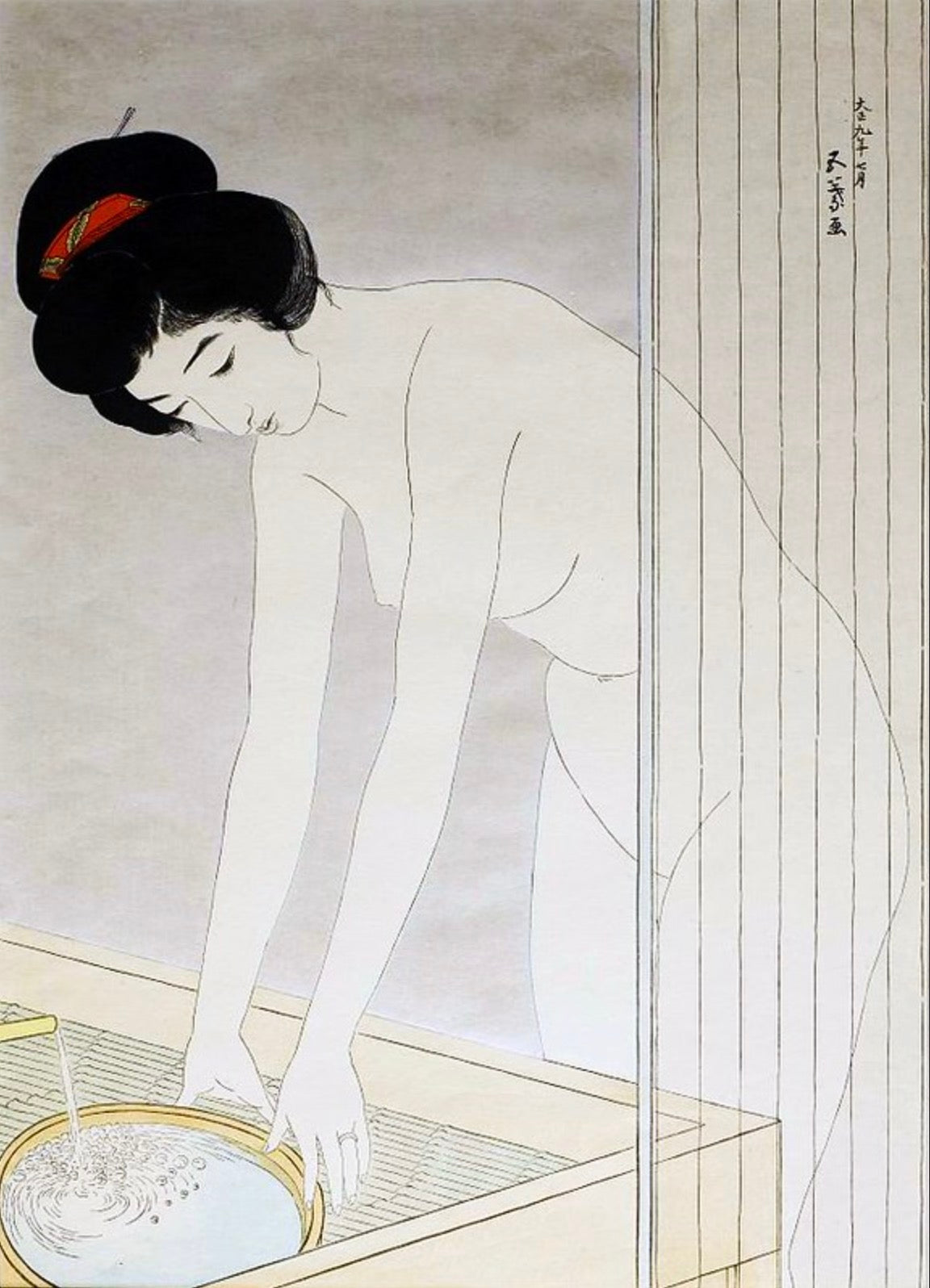Trash for the bin, or treasure for the keeping?
I review each quick sketch, crafted effect or hard-graft production with an appraising eye. Does it deserve space in the overflowing drawer of drawings? Or shall it be recycled, composted or ditched?
It can be a rash move to lay waste right now, so I may stash it for a while. Sometimes that while turns into years.
Rifling through an old box of work, the grating disappointments present like sparkly treasures! I can see the gifts inside. And the meaningless stuff falls away from the outside like corn husks or peels.
I like to cull my Instagram feed regularly. Hopefully pruning it will help it grow.
So what am I judging for, or against? I'm looking for life, harmony (or maybe discord). Animation is key. If it has that I will keep it. A moment about to play out. Sometimes it's just in the weight of the lines. A heavier weight of line around a figure might carve into a tomb like symbol. Hesitancy, or a light touch might bring it to life.
A keeper

I'm really happy with this. Technically a good achievement as I drew it straight off with no corrections, and that felt good. Like an acrobatic jump and landing on both feet. The brief lines, convey roundness and depth. There is a story there, the middle of something. Overall, she hangs together, in balance. There is no 'hands are difficult' stubby mash and you can recognise her face. So that's nice.
Inspired by the 2006 anime Tekkonkinkreet
Having focused and mulled over this particular drawing, I suddenly remembered "Tekkonkinkreet" (an adaptation of a Japanese manga series by artist Taiyō Matsumoto) and realised how much I have been influenced by this beautiful film.
Here is a screenshot of a scene in a dressing room in Treasure Town.

and another of the main character crouched atop a telegraph pole.

The film is based on a manga series by Taiyō Matsumoto, a Japanese artist who studied in France. His style evolved with a strong influence from European comic books.
Culture and influence circles up and around through the centuries. Wikipedia entry on Japonisme:
Japonisme[a] is a French term that refers to the popularity and influence of Japanese art and design among a number of Western European artists in the nineteenth century following the forced reopening of foreign trade with Japan in 1858...
From the 1860s, ukiyo-e, Japanese woodblock prints, became a source of inspiration for many Western artists...
Including Degas, Toulouse-Lautrec, Van Gogh and I would also, say Egon Schiele: all my absolute favourites and also Goyō Hashiguchi who made wood block prints in the ukiyo-e genre.

Woman Washing Her Face by Hashiguchi Goyo (1880-1921)
Here is a wonderful review of the film Tekkonkinkreet with background insights and clips.
Share
Have you got any recommendations of Japanese artists? Or artists influenced by Japan?
How do you decide whether to keep or to cull?
Read more about Japonisme on theartstory.org
